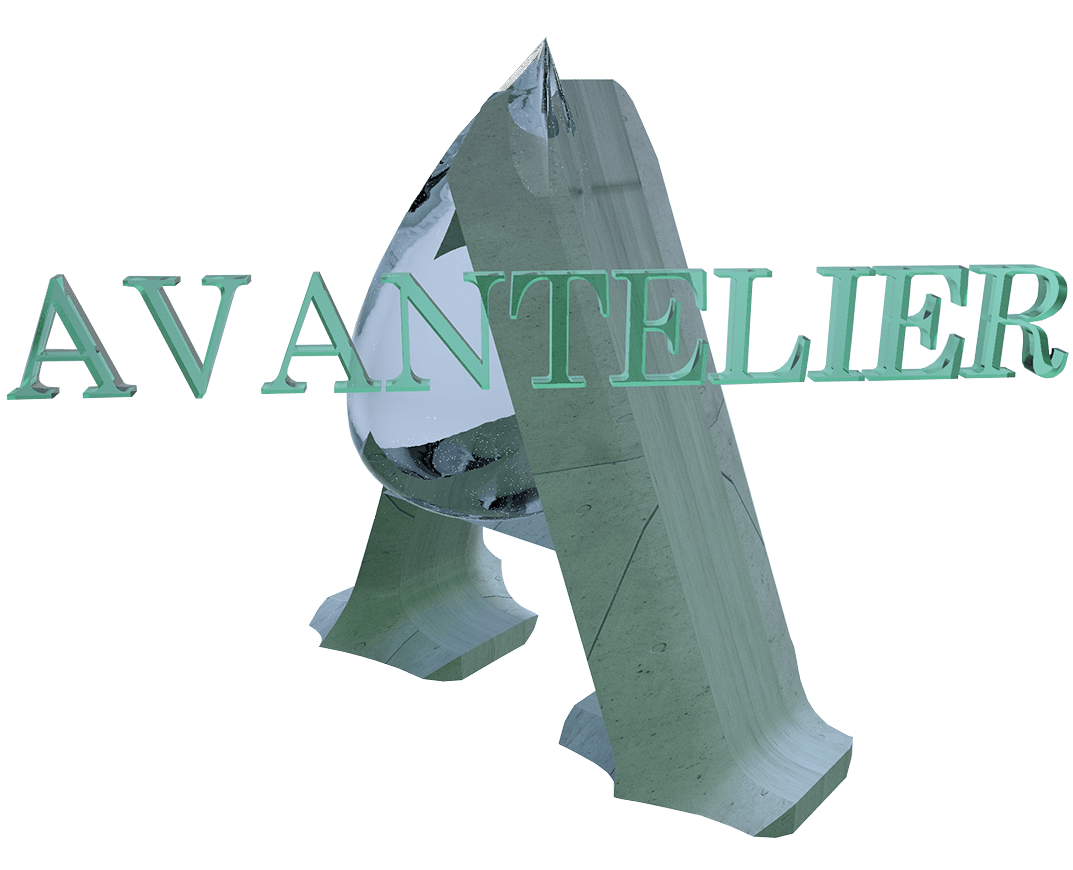Writing by IRA ARZ, Photo by Polina Kondrashova
JANUARY 23, 2022
Two weeks ago BoF posted an article on how the majority of fashion designers are backing out of fashion week due to the rise of omicron [1]. Its been more than two years since the rise of the Covid-19 pandemic and at the beginning of its third year, things are still not looking up in the catwalk scenes of fashion. And what will happen if another variant occurs in the subsequent year to follow? Is digital fashion week and crypto fashion week going to rise to the occasion for major fashion brands? The future of the fashion calendar is uncertain, but will this digital uprising be so bad?
When the Covid-19 pandemic outbreak clutched the world in 2020, fashion week federations around the world decided to change its course, with four fashion capitals displaying a hybrid fashion week, adding mostly digital events to the course. Physical shows were seen replaced by a two-dimensional digital version of itself, revolting an opportunity for the fashion industry to shift our perspective of consumption on collections. While it may be the unconventional way of exchanging ideas and showcase creativity, the pandemic merely accelerated the fashion industry’s digital makeover.
This model, however uncommon, proved a success when Prada, for instance, mounted a five-part film in place of its SS21 show in July, specifically created for specific mediums where the brands showcased its collection. Similarly, Gucci, Louis Vuitton and Dolce & Gabbana all mounted their shows as public video “performances” on their respective websites, prioritising their customers ahead of the industry [2]. More so, Dazed Digital called it a celebrated pathway to sustainability; “digital fashion took on two distinct guises: digitally rendered garments presented in digitally rendered surroundings, and physical clothes showcased digitally via live streams and films. Both were almost immediately considered to represent the sustainable future of fashion” [3]. The event offered no production of clothing, pollution, waste, and fashion shows that required no international flights. Seems like a great solution all together.
Within all the hype in the industry, Helsinki Fashion Week went a step further and held their first fully digital fashion week on a social metaverse called Digital Village. Where instead of driving to an event, you could attend as avatars from the comfort of your own home. “We are now taking sustainability to a whole new environment. We are using digital tools to strengthen our digital community, experience, and connection,” reads the statement on the HFW website.

Photo by Dynamic Wang
What is the downside to all of this?
It’s not so much bad but that this platform may still be an unfamiliar platform to many people out there. The metaverse itself isn’t the easiest place to navigate into and is only available for people who are familiar with the crypto verse and languages. The main obstacle is that not many people will be able to benefit from the virtual world yet, but it’s not to say this won’t be more user friendly for many in the coming months.
How does it work? If a fashion brand hosts an event, a ticket could be sent to you via your crypto wallet, for instance, the ticket in the metaverse will appear in your crypto wallet and it will give you access to go around in the virtual world.
How are sustainable shoppers reacting to this?
Obviously impacting the number of audiences possibly to a majority in the coming years. More people are getting more and more aware of their environment and how they are impacting it. But with the shift of crypto towards a more environmentally friendly platform, this could all change. The shift being made by rising actions taken by Crypto Climate Change could bring a wider audience to the Crypto community, including the e-Crypto fashion community. Opening the doors to sustainable shoppers.
Is this what the future looks like? Possibly, and it is a new one. It definitely solves many issues we are currently facing. This gives us the opportunity to move forward with time, some changes might seem bad at first but contemporary brings innovation, where thousands of ideas have yet to arise. But the more people get access into it, the more ideas will be brought forward, opening the door to better improvements to the industry.
Further Reading
1. O’Connor T. Omicron Puts Fashion Week in Flux [Internet]. 2022. Available from: https://www.businessoffashion.com/articles/fashion-week/omicron-puts-fashion-week-in-flux/
2. Broeke T. Are digital fashion weeks working? [Internet]. 2020. Available from: https://www.gq-magazine.co.uk/fashion/article/digital-fashion-weeks
3. Benson S. Is digital fashion really the industry’s eco-friendly saviour? [Internet]. 2021. https://www.dazeddigital.com/fashion/article/53877/1/digital-fashion-clothing-industry-saviour-climate-sustainability-the-sims-avatar


